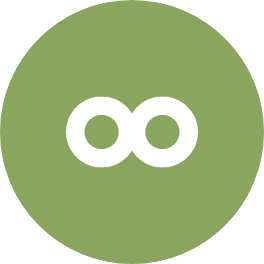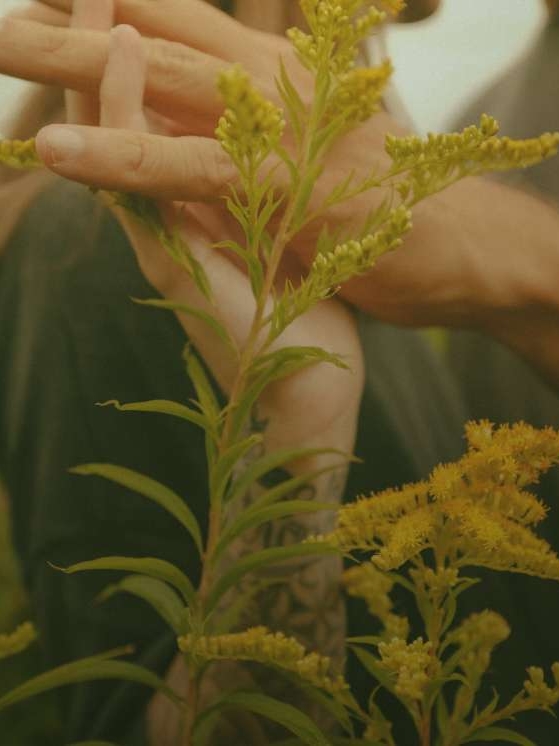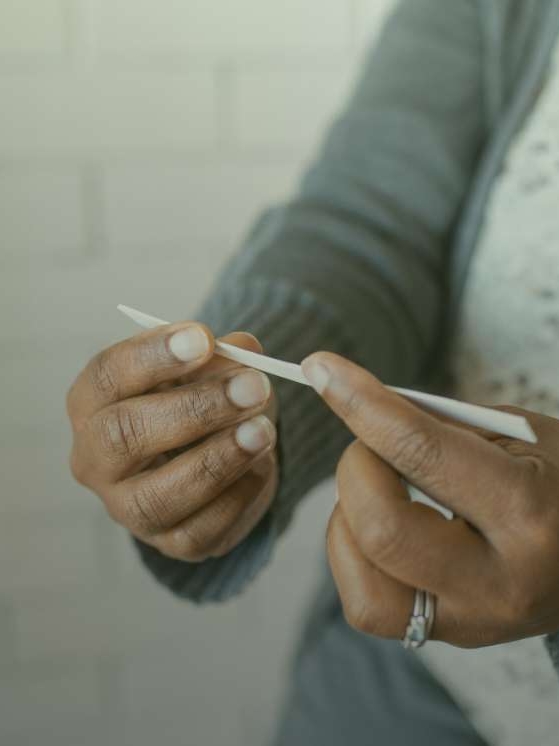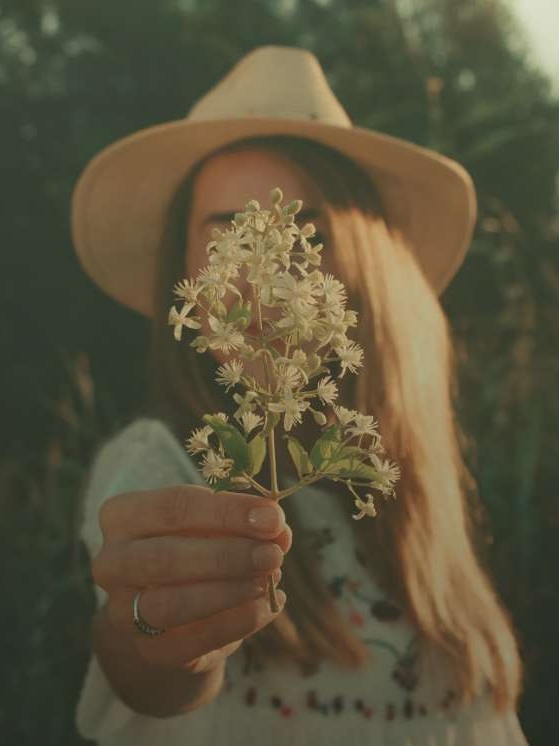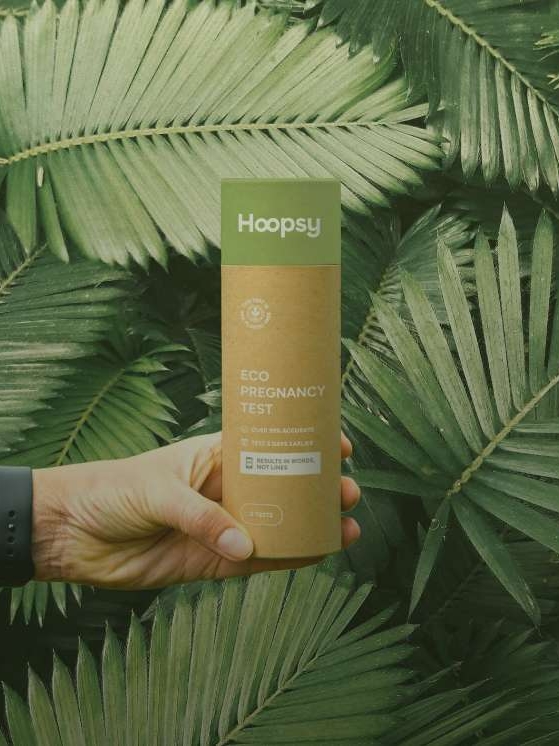We were supposed to be saving the planet one reusable water bottle at a time, but the Stanley brand had other plans….
We’re currently seeing a surge in people buying these bottles, often feeling the need to own them in every colour and pattern, complete with a small wardrobe of matching accessories.
And just like that, the concept of sustainability has been completely forgotten.
The Stanley Cup Phenomenon

We’ve all seen it on TikTok. People bulk buy Stanleys in different colours, ‘limited edition’ patterns (let’s just pause for a second), matching straws, names engraved on the bottles… the list goes on. I think my least favourite accessories have to be the mini handbags people are attaching to the handles, and the food containers stacked on top. How were we once able to leave the house with just a water bottle, and now we suddenly need an entire assortment of sugary snacks riding on the lid?
And look. I am all for self-expression. I love when people show their personality through how they dress, what they use, and how they decorate things they are fond of. However, there is a significant difference between expressing yourself and obsessively consuming under the guise of sustainability. I mean, this is the same kind of overconsumption we were trying to move away from in the first place through the invention of a reusable water bottle.
Filling A Reusable Water Bottle With Bottled Water
I’ve come across a content creator on YouTube called heysweetkay who posts daily ‘Hydrate with Me’ shorts. These videos are all about selecting which Stanley she wants to use from her sizable collection, decorating it for the day, and then filling it up with two store-bought plastic water bottles. I was absolutely gobsmacked. Two single-use plastic bottles…. poured into a reusable bottle.
14 bottles a week, 56 a month, or 672 a year, all going to landfill. All because the creator doesn’t like tap water. Which, fair enough, not everyone does. But there are so many accessible options for water now. Filtered water exists. Reusable filters, pitchers, and even built-in options for fridges or faucets are widely available and will align with the whole purpose of using a reusable water bottle in the first place.
Here Comes The Next Trend (And A Concerning Amount Of Waste)
We are now entering what feels like the second generation of the reusable water bottle trend. The new wave? Smaller, sleeker bottles that are ‘cuter’ and easier to carry. They’re already making the rounds on Instagram and Pinterest. And you can bet they’re going to be decorated, collected, and discarded just like the Stanleys were. It is hard not to see the pattern here. When sustainability becomes a trend rather than a value, it becomes disposable. People jump from one eco-product to the next, chasing aesthetics over actual impact.
Let’s Reframe the Conversation
If you’re genuinely trying to reduce your plastic use and live more sustainably, a single well-loved, well-used reusable water bottle is enough. It doesn’t need to match your outfit. It doesn’t need its own charm bracelet. And it definitely doesn’t need to be filled with bottled water. This isn’t about shaming anyone for liking cute things or wanting to express themselves. It’s about recognising when a good idea gets spoiled by consumerism and stripped of its original meaning.
Let’s not let that happen to sustainability.
About Hoopsy
Hoopsy is on a mission to make healthcare more sustainable—starting with eco pregnancy test kits. Our plastic-free, paper-based hCG pregnancy test strips reduce waste without compromising accuracy. We believe better health starts with better choices—for you, and for the planet.
Learn More About…


